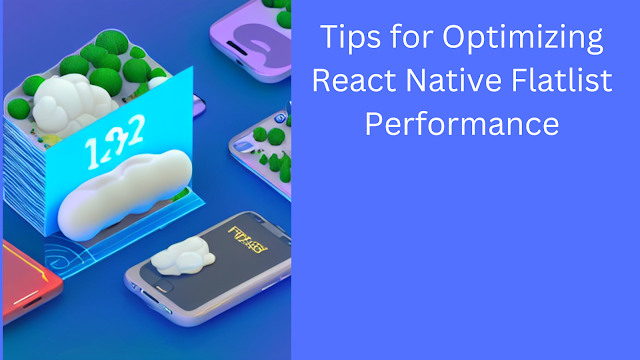5 Tips to Optimize React Native Performance

5 Tips to Optimize React Native Performance React Native has become one of the most popular frameworks for building mobile apps, thanks to its ability to create high-performing and responsive apps that run smoothly on both iOS and Android. However, as apps grow in complexity and features, it becomes increasingly important to optimize performance to ensure a great user experience. In this blog post, we’ll cover 5 advanced techniques for optimizing React Native performance. Code splitting: One of the most effective ways to optimize performance is by code splitting. This technique allows you to divide your codebase into smaller, more manageable chunks that can be loaded on demand. This not only speeds up initial load times, but also reduces the overall size of your app. Lazy loading: Another technique that can help improve performance is lazy loading. This approach delays loading certain components or modules until they are actually needed, which can significantly reduce the amount of tim...

